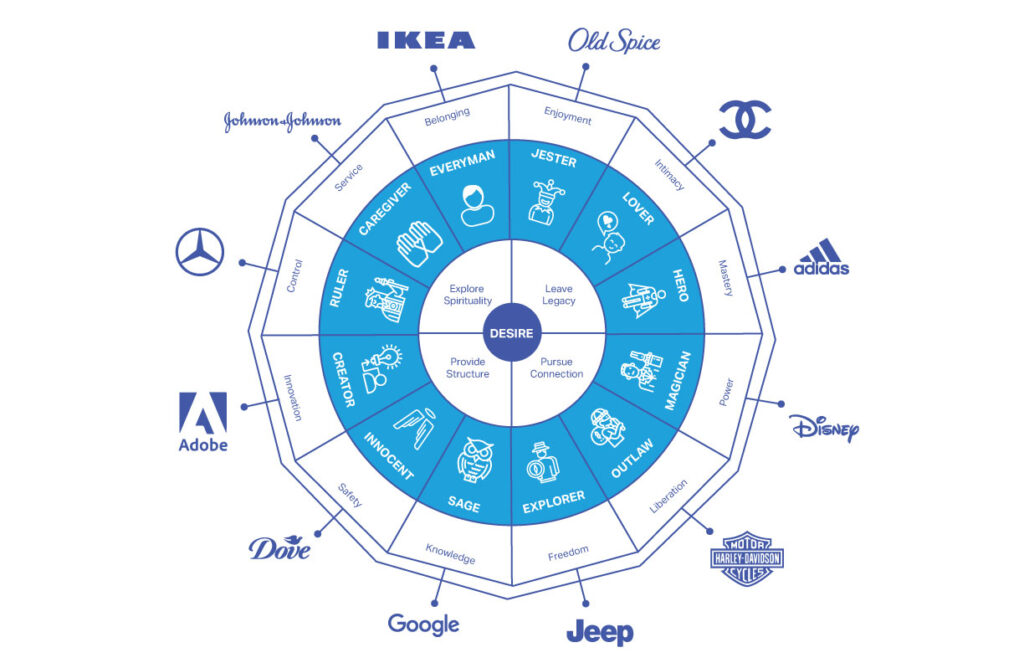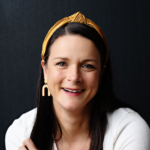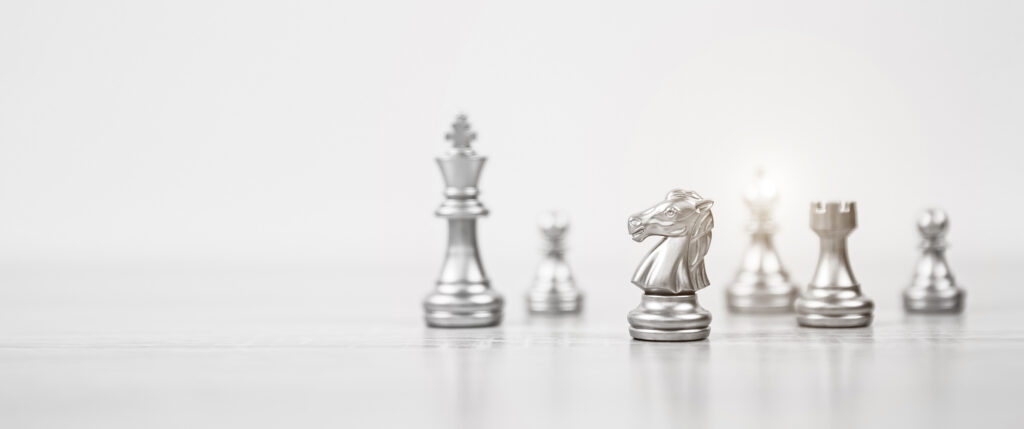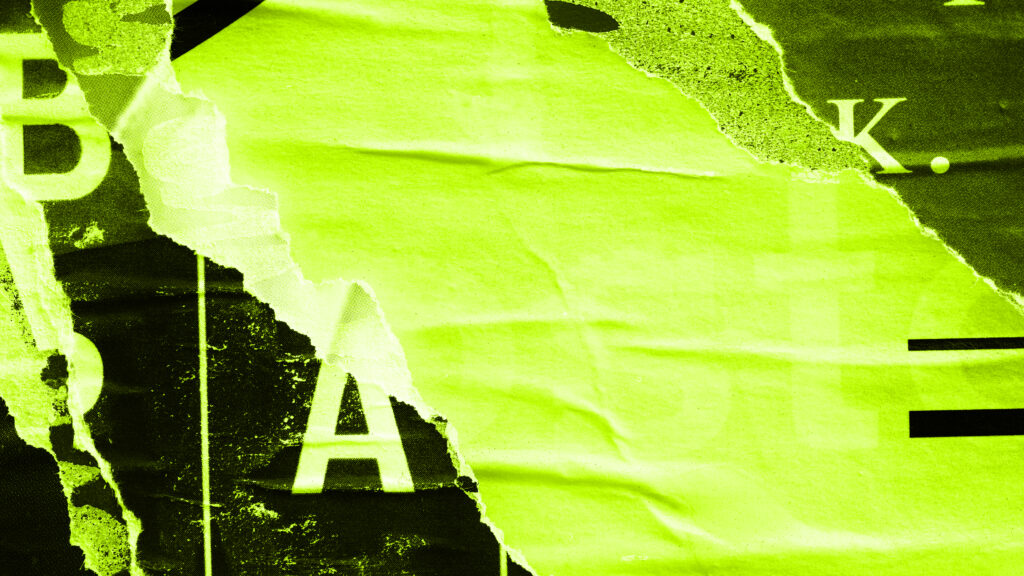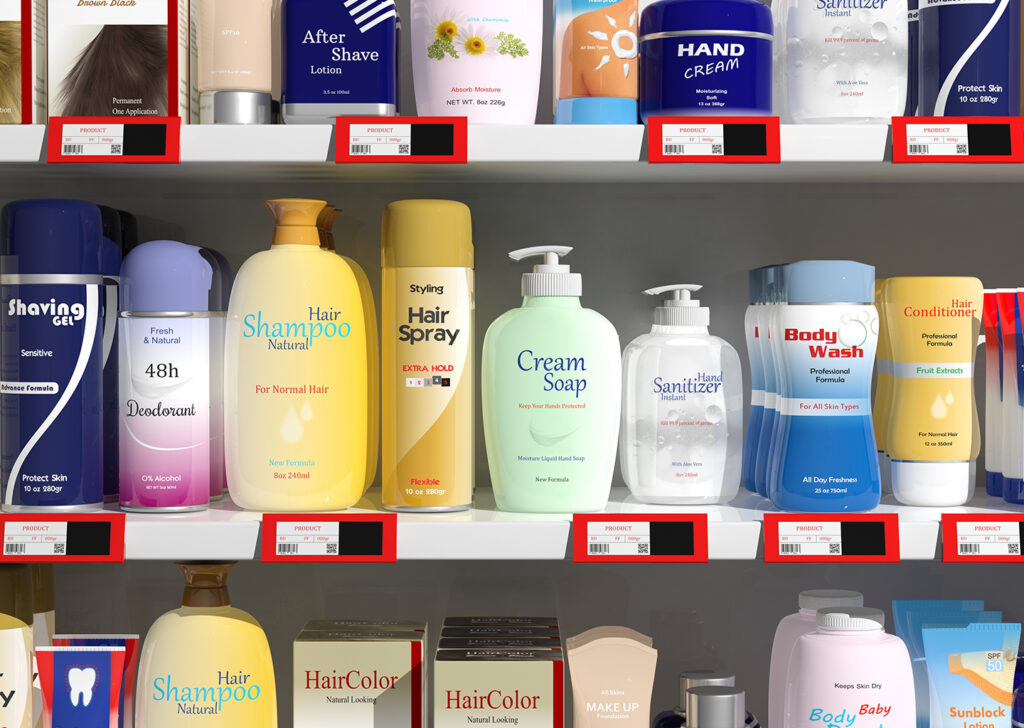Archetypes in Branding
Have you ever wondered why certain brands just seem to “get” you?
Carl Jung might have the answer. He introduced the fascinating concept of archetypes, which has revolutionized branding and marketing. Jung identified 12 primary archetypes, each representing universal patterns of behavior and personality traits. These archetypes help brands connect with their audience on a deeper, more emotional level by aligning their messaging and identity with these innate human behaviors.
The 12 Archetypes
So, what are these archetypes? Here’s a more detailed breakdown:
- The Innocent: Seeks happiness, simplicity, and purity. Think of brands like Coca-Cola, which often uses themes of nostalgia and joy in their advertising campaigns. Their classic "Share a Coke" campaign taps into simplicity and shared happiness, reminiscent of simpler, happier times.
- The Everyman: Wants to belong and connect with others. IKEA is a great example of an Everyman brand, offering affordable and accessible home furnishings for everyone, regardless of their socio-economic status. Their messaging emphasizes community and inclusivity, making everyone feel at home.
- The Hero: Strives to prove their worth through courageous acts. Nike is the quintessential Hero brand, with its "Just Do It" slogan acting as a rallying cry for anyone looking to push their boundaries and achieve greatness. Nike consistently portrays athletes overcoming obstacles, resonating with those who aspire to be their best selves.
- The Caregiver: Desires to protect and care for others. Brands like Johnson & Johnson or UNICEF fit this archetype, focusing on health, well-being, and nurturing care. Their campaigns often highlight safety, trust, and caring for families and communities.
- The Explorer: Yearns for freedom and adventure. The North Face and Jeep embody the Explorer archetype, encouraging customers to embrace adventure and explore the unknown. Their messaging often revolves around the idea of discovery and breaking free from the ordinary.
- The Rebel: Aims to challenge and change the status quo. Harley-Davidson is a classic Rebel brand, advocating for freedom and rebellion against conformity. Its brand messaging speaks to a sense of freedom, independence, and a defiant spirit, appealing to those who prefer to forge their path.
- The Lover: Seeks intimacy and connection. Chanel and other luxury brands, such as Godiva, often fall under the Lover archetype. Their marketing focuses on romance, beauty, sensuality, and indulgence, creating a strong emotional connection with their audience.
- The Creator: Desires to create something of enduring value. LEGO and Adobe are perfect Creator brands, encouraging creativity, innovation, and expression. They focus on empowering their users to build, design, and create, whether it’s in the digital realm or the physical world.
- The Jester: Lives in the moment and enjoys life. Brands like M&Ms and Old Spice leverage humor, fun, and playfulness in their branding. They don't take themselves too seriously and often use humor to connect with their audience, adding a sense of joy to their customer interactions.
- The Sage: Seeks truth and wisdom. Google and The New York Times are examples of Sage brands that focus on knowledge, learning, and enlightenment. Their messaging is centered around the idea of seeking truth and providing valuable insights and information.
- The Magician: Wants to make dreams come true. Disney and Apple fit the Magician archetype, creating transformative experiences and innovations that feel almost magical. Their marketing often involves elements of wonder, imagination, and the extraordinary.
- The Ruler: Desires control and order. Rolex and Mercedes-Benz are classic Ruler brands that exude authority, luxury, and leadership. Their messaging often focuses on prestige, excellence, and power, appealing to those who value stability and control.
Take Nike, for example. They often embody the Hero archetype, inspiring people to push their limits and achieve greatness. Their slogan “Just Do It” is like a battle cry for anyone looking to overcome challenges. On the flip side, Coca-Cola often aligns with the Innocent archetype, promoting happiness, simplicity, and nostalgia. Their campaigns are all about sharing moments of joy and togetherness.
Mixing two or more archetypes can be a real game-changer for creating a unique and well-rounded brand personality. It gives you a broader spectrum of traits. Think about a brand that’s both an Explorer and a Sage. It’s adventurous and wise, appealing to those who crave excitement and knowledge. It’s like having Indiana Jones and Yoda rolled into one! Mixing archetypes gives brands the flexibility to craft a richer, more engaging narrative that resonates with a diverse audience.
Using archetypes in a workshop is a game-changer for identifying your brand’s personality. Kick things off by introducing the exercises’ goal: you’re here to uncover the traits that make your brand tick. Hand out those archetype cards, making sure everyone gets a mix from the 12 core families. Have them sort the cards into YES, NO, and MAYBE piles based on the archetype descriptions. Pair participants to share their choices and reasons, then bring the group together to lock in the top three archetypes that best fit your brand.
To validate the choices, ask participants to share real-life examples of how these archetypes show up in their work or customer interactions. This isn’t just busy work; it’s about digging deep into what makes your brand shine. This step provides valuable insights into the brand’s strengths and value proposition. This method keeps the workshop lively and on point, helping you pinpoint the archetypes that truly embody your brand’s essence.
It’s fascinating to think about why we connect with certain brands. Is it their functionality, their values, or the way they communicate? Often, it’s a combination of these factors, along with the emotional resonance they create through their archetypal identity.

